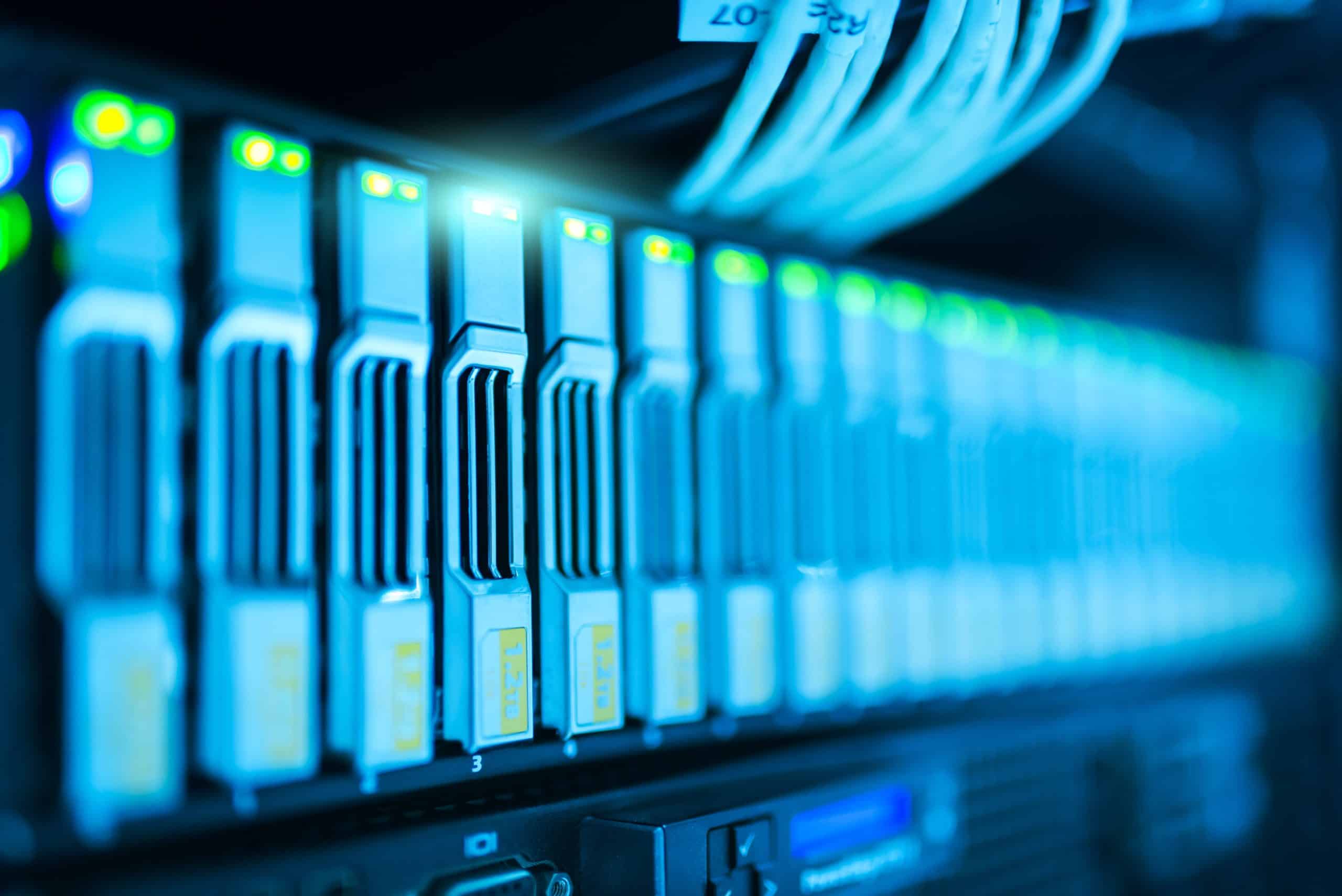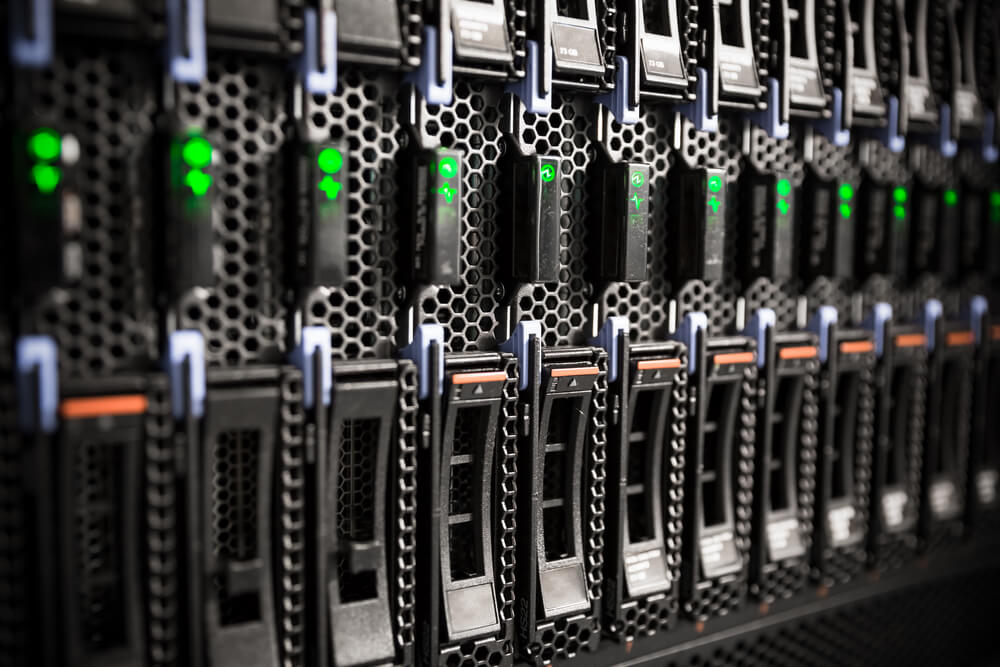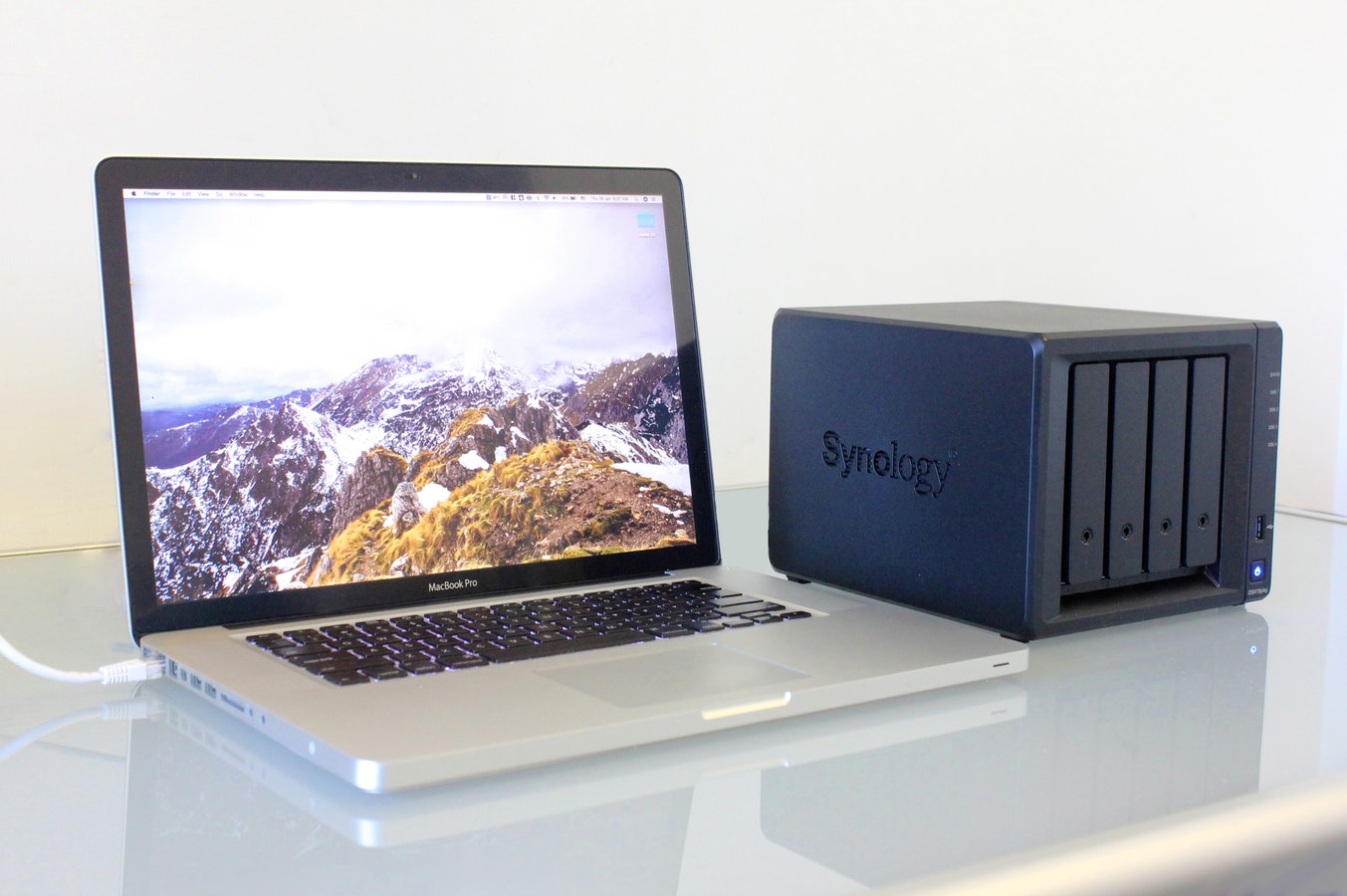Cloud Storage Defined: NAS, SAN, and DAS
Network storage is one of the needs of all network system users. In this article, we have gone to four standard network storage methods and examined each one. And we have provided a brief explanation about them.
Between the 1990s and 2000s, all computers, including personal computers, had only one hard drive. If we needed more space for storage, we had to burn part of the information on a compact disc (CD) and transfer it to another computer. It was tedious, slow, and took up a lot of space. (Especially in organizations that had to store much customer information).
However, the volume of information increased again, and using multiple computers, drives, and multi-part storage spaces became a new trend. External hard drives were no longer suitable for managing communication among these processing or storage parts… Here the future was dedicated to network storage, and after this date, we were all kinds of network storage services and arrangements such as cloud processing, NAS, DAS, and SAN.
Network storage with cloud processing method
Cloud storage is now the latest trend in storage practices and trends. Like external hard drives in the 1990s and 2000s, they have been accepted as universal software and provide many structures and convenience to users. In short, you put the data on a cluster of remote servers (here, cloud servers) via the Internet. With this, you have relatively unlimited space for network storage.
In this way, instead of connecting an external hard drive to your computer and carefully disconnecting it from the computer after saving, we only need to purchase a user account from a cloud service provider. And then upload the files to our user section. There is no need to connect a cable, nor should we worry about the connection and health of external hard drives. Here, with just a few clicks, we can access a network storage device with infinite storage space.
Because your information is placed in a safe cloud space, if you lose the news on your hard drive, your information is still safe and sound on the storage device under the cloud network. Most cloud storage services are syncing, meaning any changes you make to your data on the hard drive will be applied to the network storage device in the same way. This means that working with these services will be more accessible than ever.

But cloud storage also has problems. For example, if you lose your access to the cloud space; as a result, your connection with your data will also be cut off. Communication with USB ports is faster than an internet connection. Transferring information to an external hard drive is much faster than moving it to a user section of network storage services. In addition, data remains in place in cloud processing services for privacy issues. For example, the security factor in cloud storage services is questionable; hackers may steal or manipulate your information. However, these services always keep their security up-to-date, and so far, no news indicates that these services have been hacked, maybe because they use several security levels.
For many, the convenience of these services is more valuable than security. Among this category of storage services under the cloud network, services such as Dropbox, Google Drive, and OneDrive can be mentioned. These services provide you with various free or paid programs for storing information. They may charge you between $2 and $100 per month for data storage, depending on the volume and length of time you purchase from these services.
NAS network storage
If you are still interested in using external hard drives and don’t want to give up soon, let us introduce NAS or network-attached storage. In this network storage service, you can access multiple external hard drives over the web and connect to them whenever you want. Isn’t that great?
In straightforward terms, NAS network storage is like connecting an external hard drive to your computer, but with the difference that this system is much bigger and faster than that. The USB port connects with the NAS, and connecting the computer to a storage network under the internal network is easy. Ethernet is one of the standard methods used in this way. But nowadays, it is also common to use WiFi waves.
In technical terms, you can connect to a NAS network storage system using an external hard drive. You can access your information in this system in several ways when connected to the network. The problem here is that anyone connected to your network can also access the data stored by you. And maybe this is not very interesting for you.
If your network storage system can be controlled remotely, you can access your NAS system anywhere and anytime via the Internet, just like you would from a storage system. You’re using a cloud network with much higher security and privacy. Remote communication and sufficient space for storage are perhaps the most important reasons for choosing this network storage system for many organizations.
The price of a NAS network storage device can also vary greatly. Depending on the type of options selected, its price is between 150 and 600 dollars, and even if you use more advanced models, this price may increase. Note that a NAS system is a storage management system, and you must buy the hard drives separately. By purchasing suitable hard drives for a small company with less than ten employees, a NAS storage device may cost you 1000 to 2000 dollars.
SAN-style network storage
What if the NAS storage system alone cannot provide you with the necessary space for storage? One option is to assemble an army of storage devices under the NAS network, which is not logically justified. On the other hand, you have to deal with different types of IP addresses and other issues of separation and space management.
A better option is to use a SAN or Storage area network system. Like the storage method under the NAS network, in the SAN method, the data is placed on the internal servers of your organization and transferred to you with internal network connections. But unlike the NAS system, in the storage method under the SAN network, there is an inner connection between the storage spaces. All storage spaces under your network are connected this way and form a single room.

The most significant difference between SAN and NAS here is that SAN storage systems are placed at a lower level than NAS systems. The data on the NAS is controlled by its own software and hardware, and therefore they are displayed in the form of “files,” while in the SAN system, they are expressed as a series of “Blocks.” seen. In more technical terms, NAS acts as a “File Server” while SANs act as a “Disk drive.” Here SANs use protocols such as Fiber Channel and iSCSI instead of TCP/IP protocol.
In NAS network storage systems, you may be able to store up to several terabytes on each drive, so it is unlikely that you will need to use SAN network storage systems in your typical organizational applications. Adding a second or third NAS may be an excellent solution to meet organizational needs in these cases. Because the storage method under the SAN network uses communication other than the TCP/IP protocol, it is used in most large businesses, data centers, or large multi-sector organizations.
DAS storage
This way, we return to the same starting point of the discussion. If you want to get rid of network storage systems, the only alternative is to use a DAS or Direct Attached Storage system. As the name suggests, a DAS storage system must be physically attached to the intended device.
You can use DAS anywhere. Hard drives, CD and DVD drives, flash drives, and external drives are all examples of DAS. The term DAS system was designed after the developments in NAS and SAN network storage systems. Despite the DAS system, there are many differences between network storage methods and the opposite.
These days, DAS refers to a specific type of business class that uses non-network storage clusters. For example, in the Lenovo E1012 DAS system, it is possible to connect 12 hard drives, or in the Dell ProweVault MD1200 system, it is also possible to install 12 hard drives. They give a lot of storage space. That is why they are also called “bulk” storage spaces.
However, non-organizational DAS is also designed. For example, in the UK-made D5-300 DAS model, up to 5 hard drives can be used, and it is connected to a computer using a USB type C cable. This category of DAS is not as fast as enterprise series DAS, and they use SAS or USB connectors. Here I tell you that if you need to use data redundancy through RAID, use DAS.
Which storage method is good for us?
If you want to use a reliable storage system at home or in a small personal business, we think using cloud processing services or NAS can be a good idea.
While NAS storage has much more power, it’s still suitable for the tech-savvy. Installing them is a bit more complicated than connecting multiple plugs and requires that you have sufficient information about network maintenance and routing. This method of network storage is very cost-effective in the long term compared to the cloud data storage method. (Of course, if the internet speed is not high or the price of these services does not decrease).
However, many cloud computing methods are more convenient to use. Maybe in some cases, you need to install software on your computer. This method eliminates the need for service and maintenance; if you don’t have much information, this service is almost free. However, suppose privacy is essential to you. In that case, if you live in an area where internet connections are not very reliable, or if you are afraid that the information on your cloud service will suddenly disappear, it is better to go to Do not come this way (of course, the reliability factor in these systems can withstand air attacks and atomic bombs!! However, if you think about the end of the world in the coming year, do not use cloud storage systems).
In this article, we gave explanations about the four methods of cloud processing, NAS, SAN, and DAS. However, each of these needs more reason, which we will explain in the following articles.
Frequently Asked Questions
What are the advantages and disadvantages of cloud storage?
This method is one of the simplest network storage methods. It gives users much space for information storage in the simplest possible form (an Internet connection and a user account). This way, sharing files and changing storage space is easy. At the same time, users do not need much-specialized knowledge in the networking field. But this method has its disadvantages. If your connection to the Internet is interrupted, you will not be able to access your information. Also, its speed is slower than internal networks. It is also possible to steal or ignore your privacy.
What is the storage method under NAS, and what are its advantages and disadvantages?
The NAS method is derived from the name network attached storage. In this method, storage is done on a NAS server. Here, the NAS system is connected to the system like an external hard drive and enables storage. The storage volume in this way is enormous and can be shared between several users. These storages are a “file server” and can be connected with USB and WiFi cables. They use TCP/IP protocol for communication. This system is readily available to us through the Internet. The main problem with NAS is that it does not allow users to develop much.
What is the storage method under SAN, and what are its advantages and disadvantages?
The SAN method is derived from the initials of the Storage Area Network. This method works like NAS storage, except all the storage resources are connected here. In this way, more ample storage is provided for us. Unlike NAS, here we do not use TCP/IP protocol. The SAN system is a “Disk Drive.” The main advantage of this method is the possibility of adding infinite storage space. The most significant disadvantage is that it is expensive, and the cost of setting them up is high, which can be paid for by large companies.
What is the DAS storage method, and what are its advantages and disadvantages?
DAS stands for Direct Attached Storage. Each computing device is directly connected to a storage device (usually with 5 or 12 hard drives). This method does not require the Internet or network and can be connected to it only with a USB cable. This method is more similar to external hard drives, but they work in large volumes. The most crucial problem here is the lack of network connectivity and the high cost of setting up and maintaining it.

